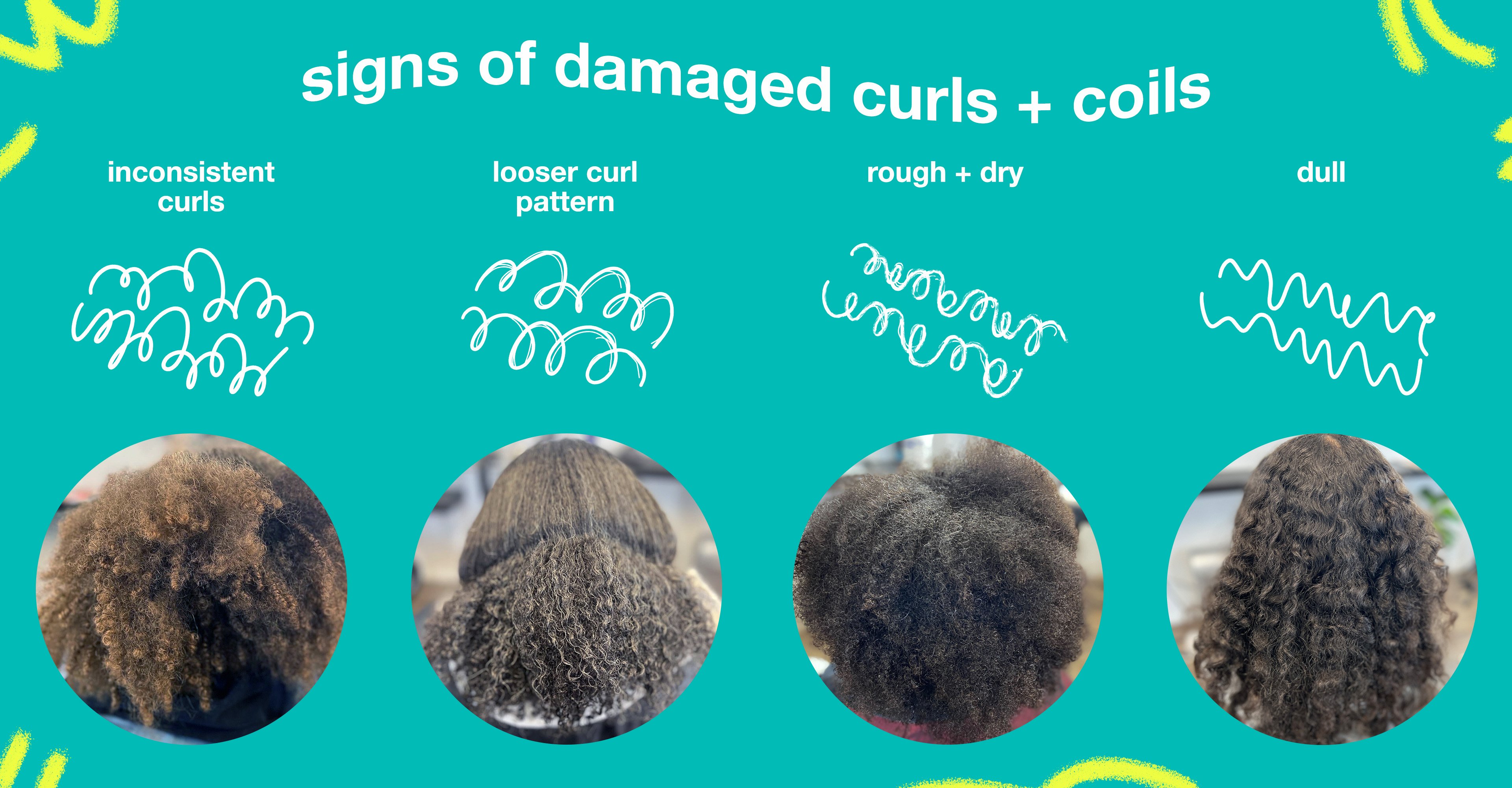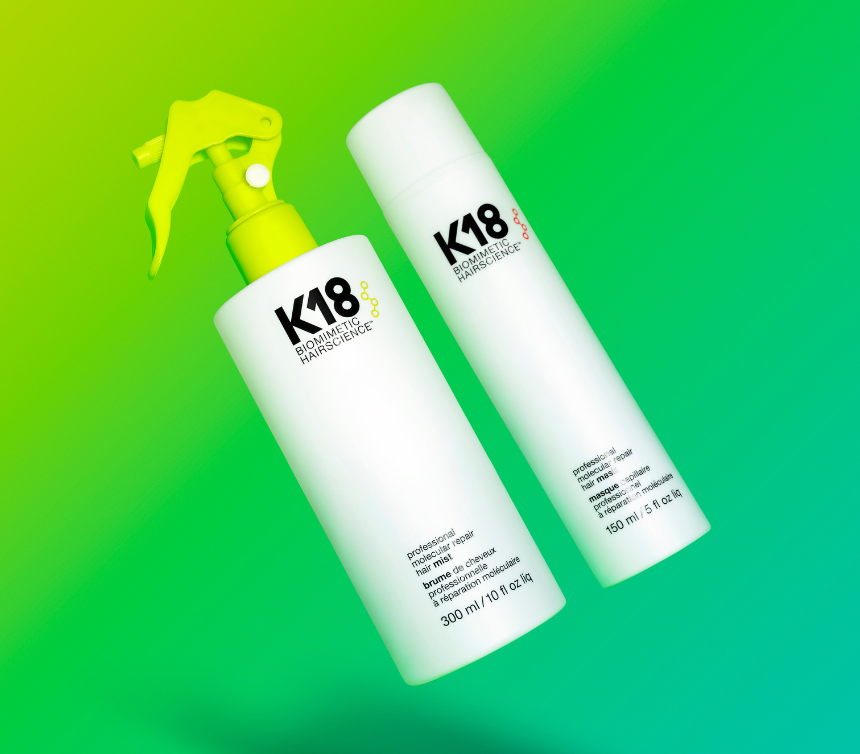La guía de inicio para diagnosticar y reparar los daños de sus clientes.
Every client has hair damage. Hair damage happens in the innermost layers of hair, at a molecular level that’s too small to see with the naked eye. So when your clients bring up hair struggles like breakage, split ends, and frizz, they’re actually talking about the symptoms of hair damage that begins at the molecular level. So how do you diagnose your client’s hair damage? Start at the source.
Diagnosing damage can be tricky, since it usually comes from multiple causes, like the environment, heat, chemical, mechanical damage, buildup, hard water, and product pH. Most clients have mechanical damage from brushing and styling, environmental damage from outside irritants, and metal + mineral buildup from the water they wash with (you can use our hard water assessment tool to check the water hardness in their area.)
Make the most of the consultation to discover what other damage types they might have. Ask them about their lifestyle—do they workout? Swim? Are they in the sun a lot? Live in a big city? These can contribute to buildup + environmental damage. How about their current haircare routine—do they clarify buildup? Use pH-optimized products? Educate your clients about how a holistic repair routine can reverse multiple damage types and leave a stronger, more resilient base on which to express their hair vision.
Once you’ve figured out what kind of damage your clients have, it’s time to repair it. So what products do you use to tackle these damage types? Check out this handy guide:

The damage signs can also look different based on your client’s hair type. K18 Educator + Curly–Coily Expert Alifia is an expert when it comes to diagnosing curly + coily hair damage. She shares this:
“While many in the curly–coily community have various curl patterns + textures on their heads, the ends of the hair fibers always tell the story. Since they have been on your head for longer, they have more time to be compromised.”

Her key signs of damaged curls and coils to look for?
“Inconsistent curl formation and changes in texture,” she said. “Compromised curls and coils can even look looser than usual, like a rope starting to unravel as it gets weaker. Your clients’ strands can also feel rougher, duller, or drier than usual.”
Good news is, no matter what your clients’ hair types are, K18 molecular repair is clinically proven to reverse damage in 4 minutes. We engineered our K18-patented technology into a simple 2-step service for all hair types, damage types, and services. Since damage happens on that molecular level, the K18PEPTIDE™ restores multiple broken bonds at the innermost layers of hair. It’s pH-optimized and backed by biotech to deliver true, lasting damage repair before, throughout, and after services—so you can push your transformations further on stronger, more resilient hair.
We’ll let K18 Educator Alifia explain why she trusts K18 in the salon for every service.
Consistent, reliable results are why K18 is hair expert approved and beloved by celebrities and stylists alike. Celebrity Colorist Cassondra Kaeding is the perfect example. Discover the products she trusts for optimal service results on her celebrity clientele.
To bring these real results to your clients, we made you a Real Results Rx Pad to prescribe your clients’ damage + at-home routine. For a deeper dive of client routines, you can check out more of our real people, real results damage profiles here and coming soon on the blog. Now you’re ready to guide every client on their healthiest hair journey.



